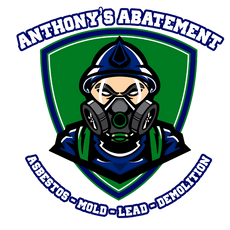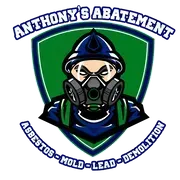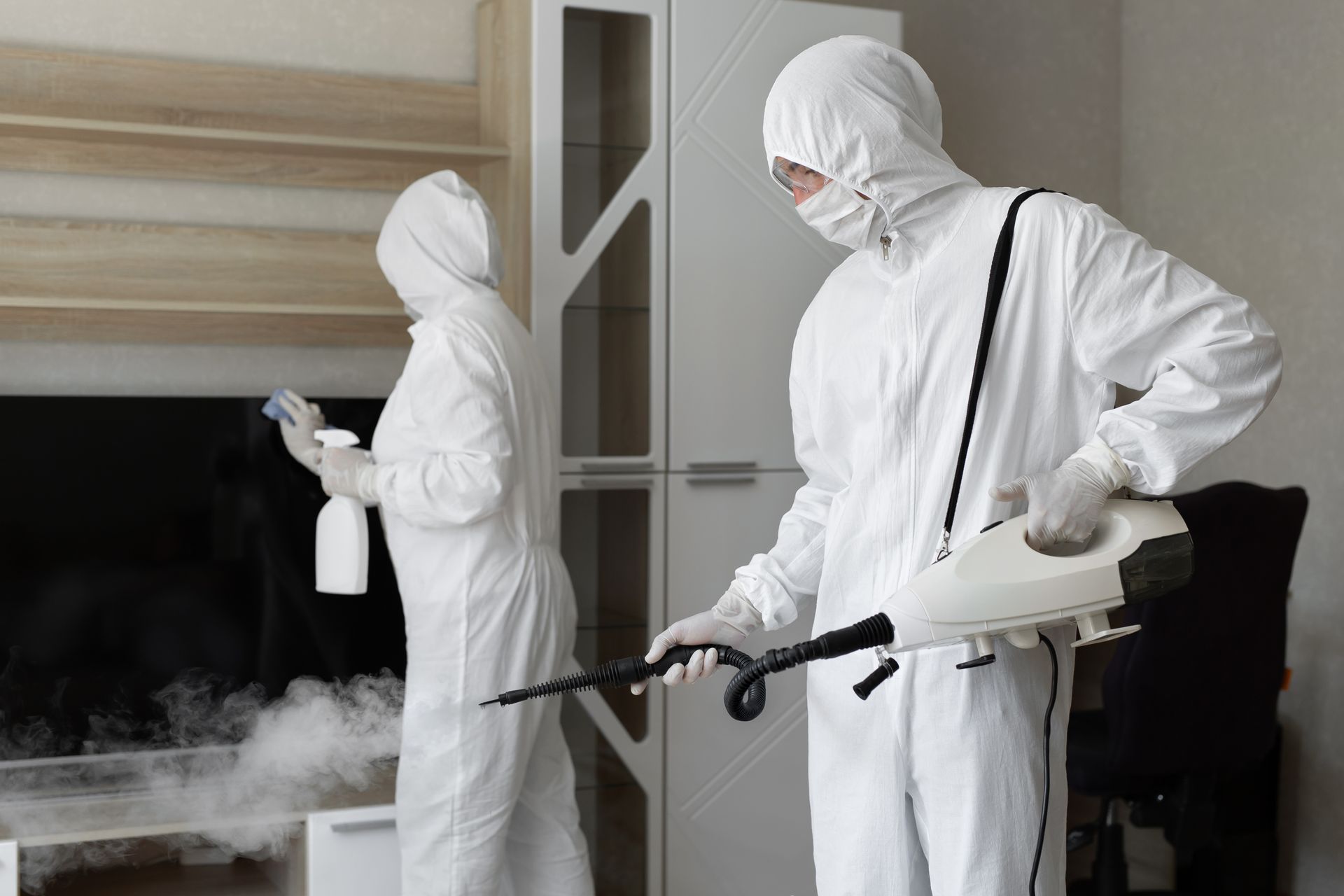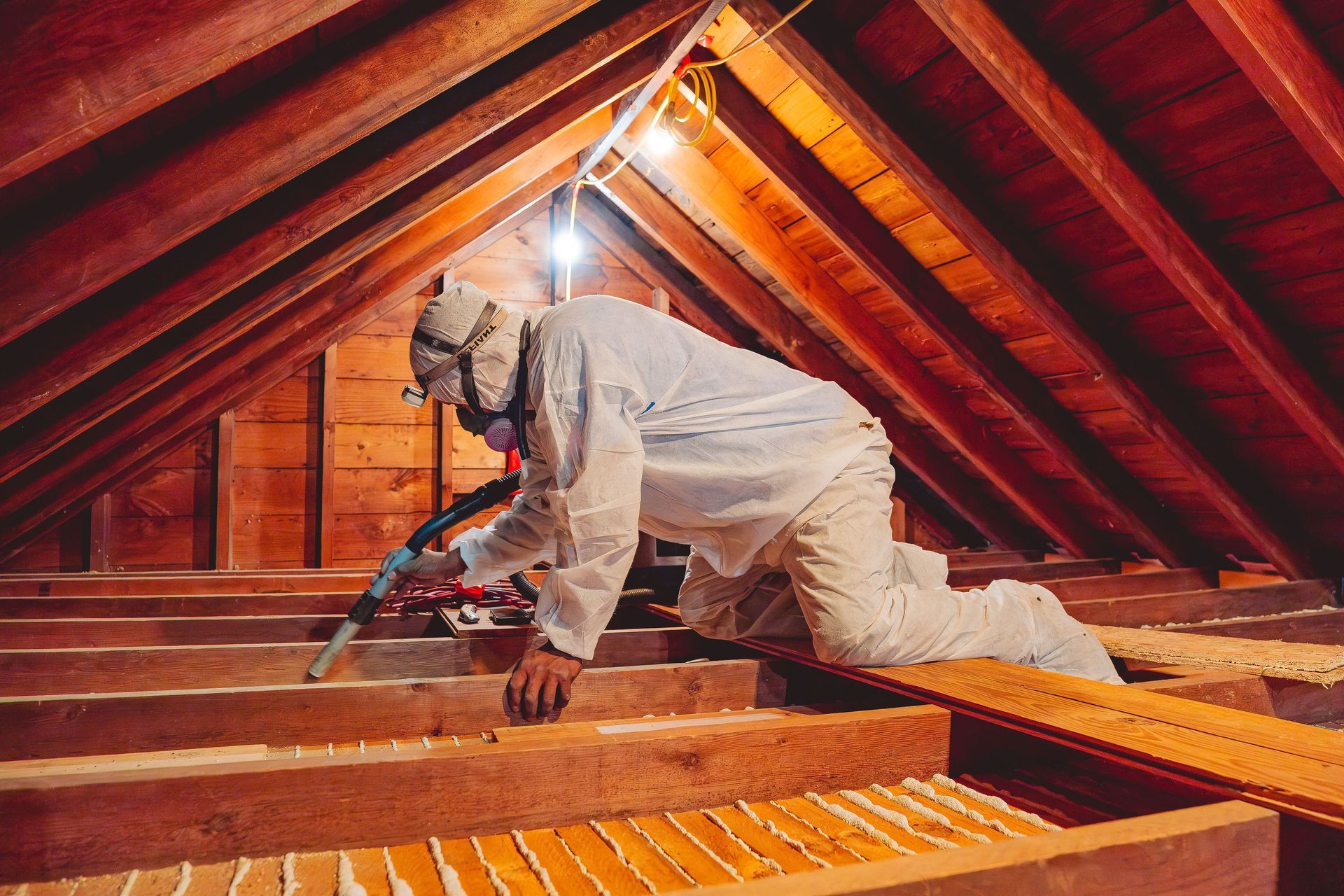How to Safely Check for Lead Paint at Home
Concerned about lead paint? Learn how to test lead paint in your home using home test kits, XRF analysis, and paint chip sampling. Each method offers different benefits and this guide will help you choose the best one for your needs.
Key Takeaways
- There are various methods for lead paint testing, with X-Ray Fluorescence (XRF) analysis being the most accurate and reliable compared to home test kits and paint chip sampling.
- Home lead test kits are convenient for initial screenings but may produce false results; professional testing is recommended for precise analysis and health safety.
- Identifying high-risk areas in homes built before 1978 and hiring certified inspectors for thorough assessments are crucial steps to manage and mitigate lead hazards effectively.
Lead Paint Testing Methods
There are various methods for testing lead paint in your home, each with specific benefits and drawbacks. The most commonly used methods include home test kits, X-Ray Fluorescence (XRF) analysis, and paint chip sampling. Home test kits are popular for their convenience and affordability, allowing homeowners to quickly check for the presence of lead. However, they aren’t as reliable as professional methods like XRF analysis and paint chip sampling.
XRF analysis stands out as the gold standard for lead paint testing. This non-destructive method uses a handheld device to measure lead concentrations without damaging the painted surfaces. It’s highly accurate, capable of detecting lead concentrations as low as 1 mg/cm², and is recognized for its reliability in regulatory compliance.
Paint chip sampling, while more invasive, provides a detailed analysis of the lead content in paint. This method involves collecting paint samples from various surfaces and sending them to a lab for precise measurement. It’s particularly useful in cases where a thorough understanding of lead levels is required.
Considering the health risks, particularly in homes built before 1978 with an estimated 89% containing lead, these testing methods are crucial for safety.
Home Lead Test Kits
Home lead test kits offer a quick and accessible way to screen for lead paint. These kits typically use a colorimetric reaction, where a chemical solution reacts with lead to produce a color change, usually pink, indicating the presence of lead. While these kits are useful for initial screenings, they should not be relied upon for definitive analysis due to potential interference from other materials like barium and chromate.
There are three EPA-recognized lead test kits recognized: LeadCheckTM, D-Lead®, and the Massachusetts lead test kit, all known for their compliance with lead testing standards. These testing kits are easy to use and provide immediate results, making them a practical choice for homeowners wanting to test various materials, including paint and dust.
For reliable results, test the same area multiple times and consult professionals if lead is found. Home lead test kits can sometimes yield false positives or negatives, so using them as a preliminary step rather than a final verdict is wise.
X-Ray Fluorescence (XRF) Analysis
XRF analysis is a powerful tool for detecting lead in paint. This method uses X-ray fluorescence to identify lead concentrations accurately and quickly without damaging the paint layers. XRF is highly effective for measuring lead concentrations as low as 1 mg/cm², making it an excellent choice for thorough inspections.
Inspectors frequently use XRF analyzers to efficiently assess multiple surfaces and ensure compliance with lead testing requirements, particularly for landlords. This method is particularly valuable for its precision and ability to detect lead beneath layers of paint, providing a comprehensive analysis of potential lead hazards.
Paint Chip Sampling
Paint chip sampling involves collecting small samples of paint from various surfaces in your home for laboratory analysis. Accurate results require samples to be at least 4 square inches and include all paint layers from surface to substrate. Outlining the sampling area and using proper tools, such as razors and rigid containers, are essential steps in this process.
Once collected, each sample must be securely sealed to prevent contamination during transport to the lab. After sampling, cleaning the tools thoroughly is crucial to avoid cross-contamination. The lab will then provide a detailed report on the lead content, helping you understand the extent of any lead hazards in your home.
Identifying High-Risk Areas in Your Home
Identifying areas with lead paint is crucial. Homes built before 1978 are at significant risk. About 75 percent likely contain lead-based paint. Before embarking on any remodeling or renovation projects, it’s crucial to test for lead to avoid disturbing high-risk areas and releasing hazardous lead dust into your home.
Children under six are particularly vulnerable to lead poisoning, so it’s vital to identify and mitigate lead hazards in their living and play areas. High-risk areas typically include windows, doors, trim, and any surface with peeling or chipping paint.
Understanding Lead Hazard Levels
Paint is hazardous when lead levels exceed 0.5% or 5,000 parts per million. Knowing these thresholds helps assess the severity of lead hazards. XRF instruments and paint chip sampling can help determine if your home contains lead-based paint and to what extent.
Certified inspectors can perform lead risk assessments to identify and quantify hazards, aiding homeowners in taking action to mitigate risks. These assessments are vital for ensuring your home complies with safety regulations and protecting your family’s health.
Hiring Certified Lead Inspectors
Hiring a certified lead inspector ensures accurate and safe lead testing. Certified professionals follow EPA guidelines, ensuring thorough and compliant testing. They can accurately determine the presence of lead-based paint and provide detailed reports on the findings.
Licensed risk assessors perform lead risk assessments, which are essential for managing lead hazards effectively. A risk assessment report should be sent to accredited labs for analysis, with results reported within 30 days.
For full safety, hire a certified lead abatement contractor to address identified lead hazards.
DIY vs. Professional Lead Testing
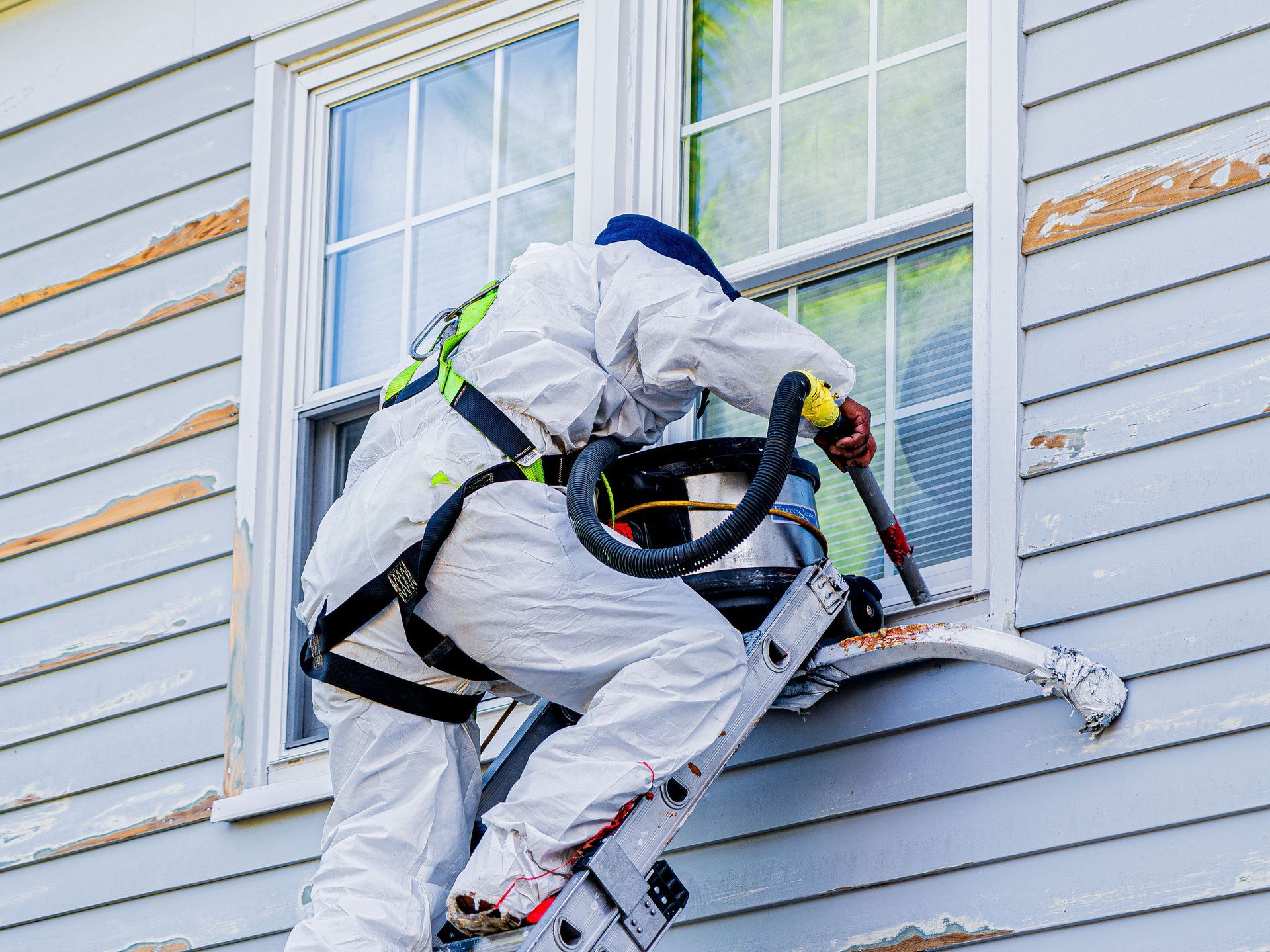
DIY lead test kits are convenient and affordable but often lack the precision and reliability of professional methods. DIY kits can result in false positives and negatives, causing unnecessary worry or false security. They generally assess only surface lead and may miss deeper layers.
Professional methods like XRF analysis and paint chip sampling offer a more accurate and comprehensive assessment of lead hazards. They can detect lead in multiple paint layers and provide detailed concentration data. Though more costly, the peace of mind and safety they provide are worth the investment.
If unsure which method to choose, start with a home lead test kit as a preliminary step. If lead is detected, follow up with professional testing to confirm and act accordingly. This ensures accurate identification and management of lead hazards.
Lead Safe Work Practices
Lead safe work practices are crucial when dealing with lead-based paint. Conduct a professional lead test before renovations to avoid disturbing lead paint layers and spreading dust. Effectively contain the work area and use personal protective equipment, like N-100 respirators and disposable coveralls, to reduce lead exposure risk.
Misting surfaces before sanding helps minimize dust generation during renovations. Collecting waste in heavy plastic bags and thorough end-of-day cleaning prevent lead dust release and ensure home safety.
What to Do If Lead Is Found
Finding lead paint can be alarming, but immediate action can mitigate the risk. Begin by cleaning up paint chips and regularly wiping surfaces to prevent dust accumulation. Painting over damaged surfaces doesn’t eliminate lead exposure risk; professional abatement may be needed.
If dust-lead levels are above reportable but below action levels, the EPA recommends preventative cleaning rather than abatement. Cleaning thoroughly at the end of each workday minimizes lead dust exposure for your family. Ensure renovated areas are free from lead dust through meticulous cleanup before allowing family back in.
Removing shoes before entering the home can help limit the spread of lead dust from outside. Inform your landlord about lead paint test results, especially if there is peeling or chipping paint. A balanced diet for children can help reduce lead absorption, as good nutrition minimizes lead exposure.
Additional Resources for Lead Paint Testing
Contact the National Lead Information Center for more information and professional help with lead paint testing. They assist homeowners in finding certified professionals for lead management. Local health departments also provide critical support and information on lead testing and remediation resources.
Summary
Testing for lead paint in your home is a crucial step in ensuring the safety and health of your family. From home test kits to professional inspections, understanding the various methods and their applications helps you make informed decisions. Recognizing high-risk areas and implementing lead safe work practices can prevent lead exposure and protect your loved ones.
Taking action upon discovering lead, whether through immediate clean-up or professional abatement, is essential for minimizing risks. Utilizing additional resources and professional guidance ensures you manage lead hazards effectively. Remember, a lead-safe home is a healthy home.
